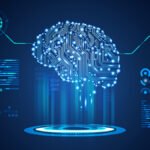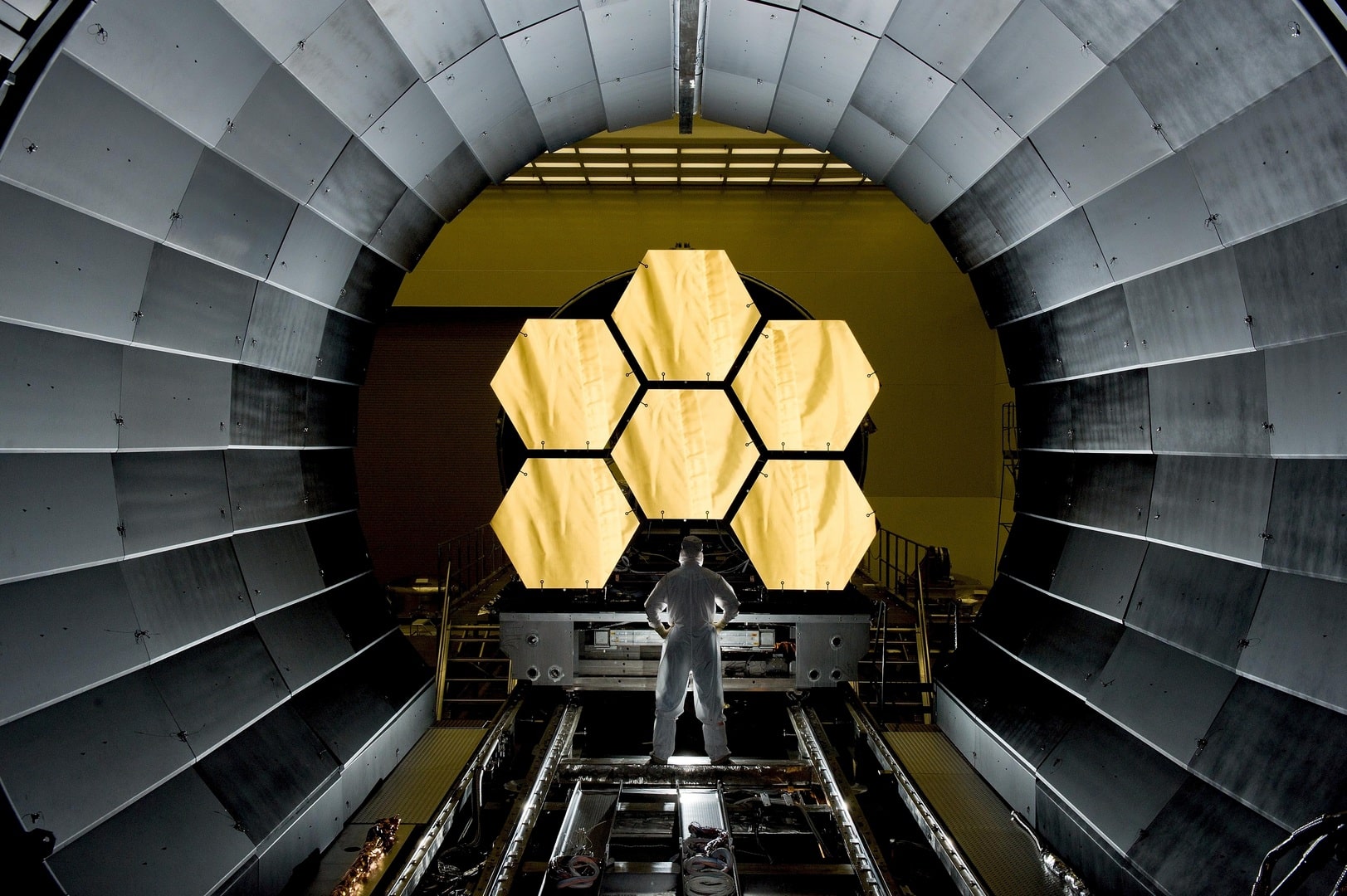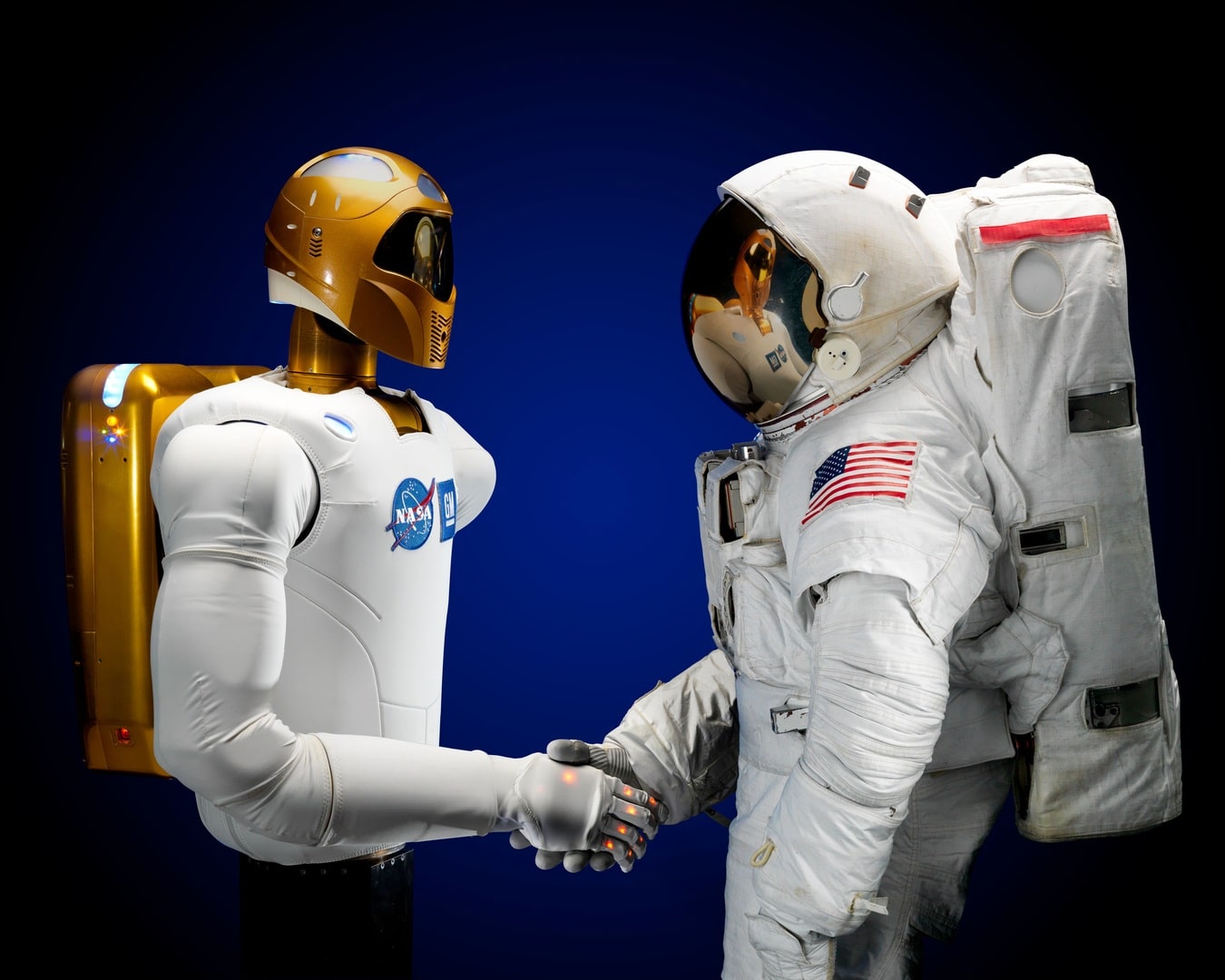Machine Learning vs. Deep Learning
In the realm of artificial intelligence (AI), two terms often mentioned are machine learning and deep learning. While both techniques involve training algorithms to make predictions or perform tasks, they differ in their underlying principles and applications. In this blog, we will explore the distinctions between machine learning and deep learning, shedding light on their strengths, limitations, and real-world applications.
Understanding Machine Learning:
Machine learning is a subset of AI that focuses on algorithms and models that enable computers to learn from data and make predictions or decisions without being explicitly programmed. It involves the use of statistical techniques to extract patterns and relationships from data, and then use that knowledge to generalize and make predictions on new, unseen data. Machine learning algorithms can be broadly categorized into supervised learning, unsupervised learning, and reinforcement learning.
Supervised learning algorithms are trained on labeled datasets, where the desired output is known. The algorithm learns to map inputs to outputs based on this labeled data. Unsupervised learning, on the other hand, deals with unlabeled data, where the algorithm tries to find hidden patterns and structures in the data without any predefined output. Reinforcement learning involves training an agent to interact with an environment and learn optimal actions based on rewards or penalties.
Deep Learning: The Rise of Neural Networks
Deep learning is a specific subfield of machine learning inspired by the structure and functioning of the human brain. It utilizes neural networks with multiple layers of interconnected nodes, called artificial neurons or units. These networks, known as deep neural networks, are designed to automatically learn hierarchical representations of data, with each layer capturing different levels of abstraction.
The power of deep learning lies in its ability to automatically learn feature representations directly from raw data, eliminating the need for manual feature engineering. Deep neural networks excel in tasks such as image and speech recognition, natural language processing, and computer vision. They are especially effective when dealing with large, complex datasets.
Comparing Machine Learning and Deep Learning:
- Data and Feature Engineering: Machine learning often requires careful feature engineering, where domain knowledge is used to extract relevant features from the data. In contrast, deep learning can automatically learn useful representations and features from raw data, eliminating the need for manual feature engineering.
- Complexity and Scale: Machine learning algorithms tend to perform well on smaller datasets with limited complexity. Deep learning shines when dealing with large-scale, complex datasets, where the high number of parameters and layers enable it to learn intricate patterns and representations.
- Computation and Training: Deep learning models are computationally intensive and often require significant computational resources, including powerful hardware and large amounts of training data. Machine learning algorithms, particularly simpler models, can be trained on less powerful hardware and are relatively less resource-intensive.
- Interpretability: Machine learning models often offer better interpretability, as their algorithms are typically simpler and easier to understand. Deep learning models, with their complex architectures, can be more challenging to interpret, often regarded as black boxes, although efforts are being made to address this issue.
Applications and Future Directions:
Machine learning has been successfully applied across various domains, including recommendation systems, fraud detection, natural language processing, and more. Deep learning has revolutionized areas like computer vision, speech recognition, autonomous vehicles, and medical image analysis. The future of both machine learning and deep learning lies in their integration, as researchers explore hybrid approaches to leverage the strengths of each technique and address their limitations.





























